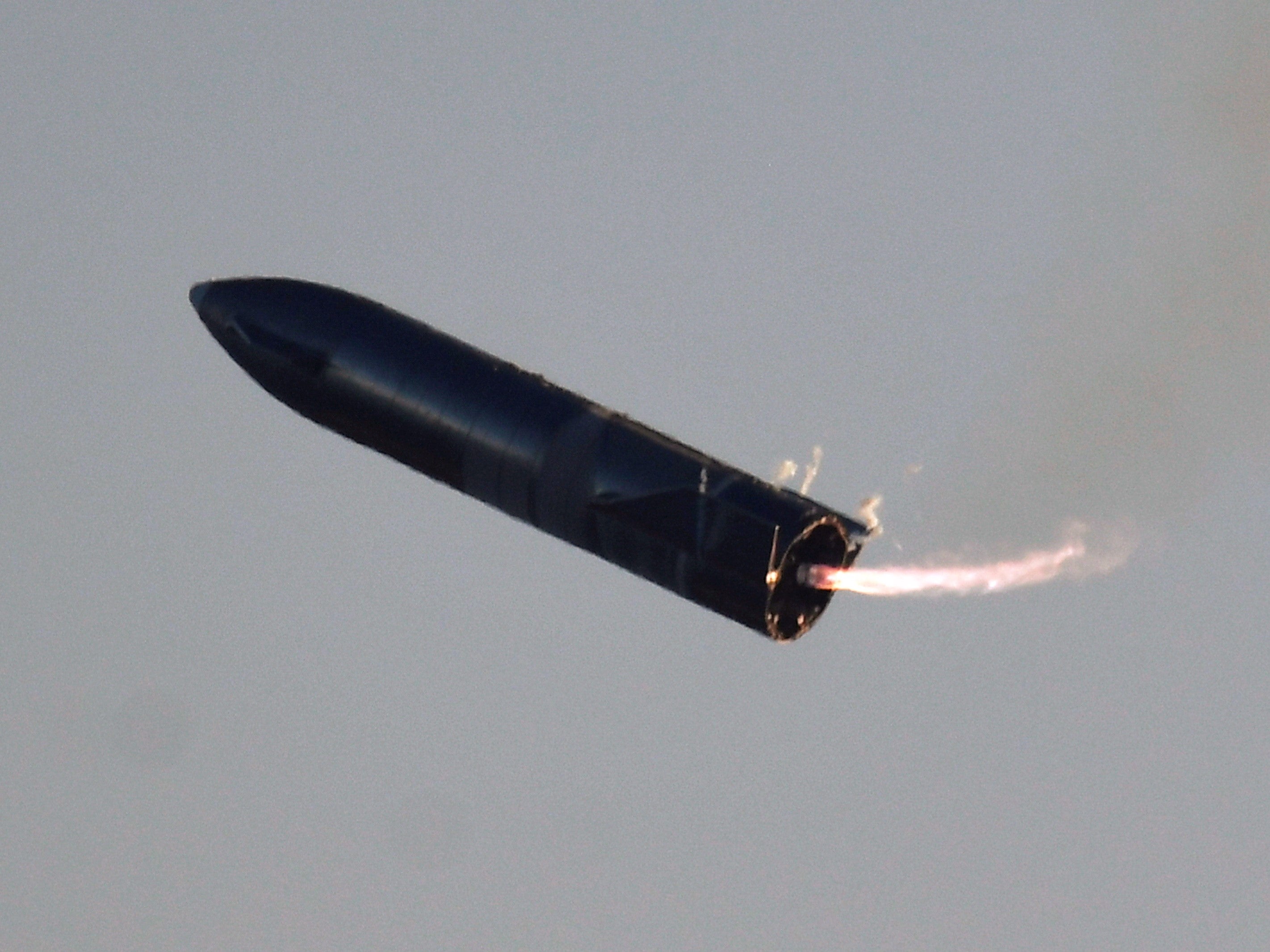Elon Musk hints simultaneous Starship test for Mars spaceship will happen ‘in a few weeks’
‘Building ~ 1,000 Starships to create a self-sustaining city on Mars is our mission,’ SpaceX boss says

Your support helps us to tell the story
From reproductive rights to climate change to Big Tech, The Independent is on the ground when the story is developing. Whether it's investigating the financials of Elon Musk's pro-Trump PAC or producing our latest documentary, 'The A Word', which shines a light on the American women fighting for reproductive rights, we know how important it is to parse out the facts from the messaging.
At such a critical moment in US history, we need reporters on the ground. Your donation allows us to keep sending journalists to speak to both sides of the story.
The Independent is trusted by Americans across the entire political spectrum. And unlike many other quality news outlets, we choose not to lock Americans out of our reporting and analysis with paywalls. We believe quality journalism should be available to everyone, paid for by those who can afford it.
Your support makes all the difference.SpaceX CEO Elon Musk has hinted that a simultaneous test of two Mars-bound Starship spacecraft later this month.
Starship prototypes are currently under development at SpaceX’s Boca Chica facility in Texas.
When asked on Twitter whether a test would be performed “in the next few weeks”, Mr Musk replied, “yes.”
The test would involve the Starship SN9 and SN10 prototypes, which are currently both under development.
Before either of them fly, they will first need to perform a static fire test to check the triple Raptor engines are functioning correctly.
SpaceX completed a largely successful test of its Starship SN8 prototype in December, launching it 12.5km into the air and performing a complex landing flip manoeuvre before crash landing.
Mr Musk described the test and subsequent fiery explosion as “epic”, explaining that the Starship craft came down too quickly to land successfully.
“Fuel header tank pressure was low during landing burn, causing touchdown velocity to be high and RUD, but we got all the data we needed!” he tweeted.
“SN8 did great! Even reaching apogee would’ve been great, so controlling all way to putting the crater in the right spot was epic.”
The technology billionaire has made Starship’s development the top priority at SpaceX, having set an ambitious timeline of sending the first humans to Mars aboard the craft by 2024.
SpaceX plans to eventually build thousands of Starship craft at a rate of 100 per year in order to ferry crews and cargo around the solar system, with each vehicle capable of carrying up to 100 people.
The eventual goal of the private space firm is to establish a permanent presence on Mars and transform humanity into a multi-planetary species.
On 30 December, Mr Musk tweeted: “Production is hard, prototypes are easy. Building ~ 1,000 Starships to create a self-sustaining city on Mars is our mission.”
The firm is currently working in conjunction with Nasa to send astronauts to the International Space Station (ISS), and was one of several companies selected by the US space agency to build human landers for its Artemis space program.
Through Artemis, the next men and first women will travel to the moon by 2024, with plans for a lunar base to be established by the end of the decade.
This base could then be used to launch further missions to other parts of the solar system.

Join our commenting forum
Join thought-provoking conversations, follow other Independent readers and see their replies
0Comments